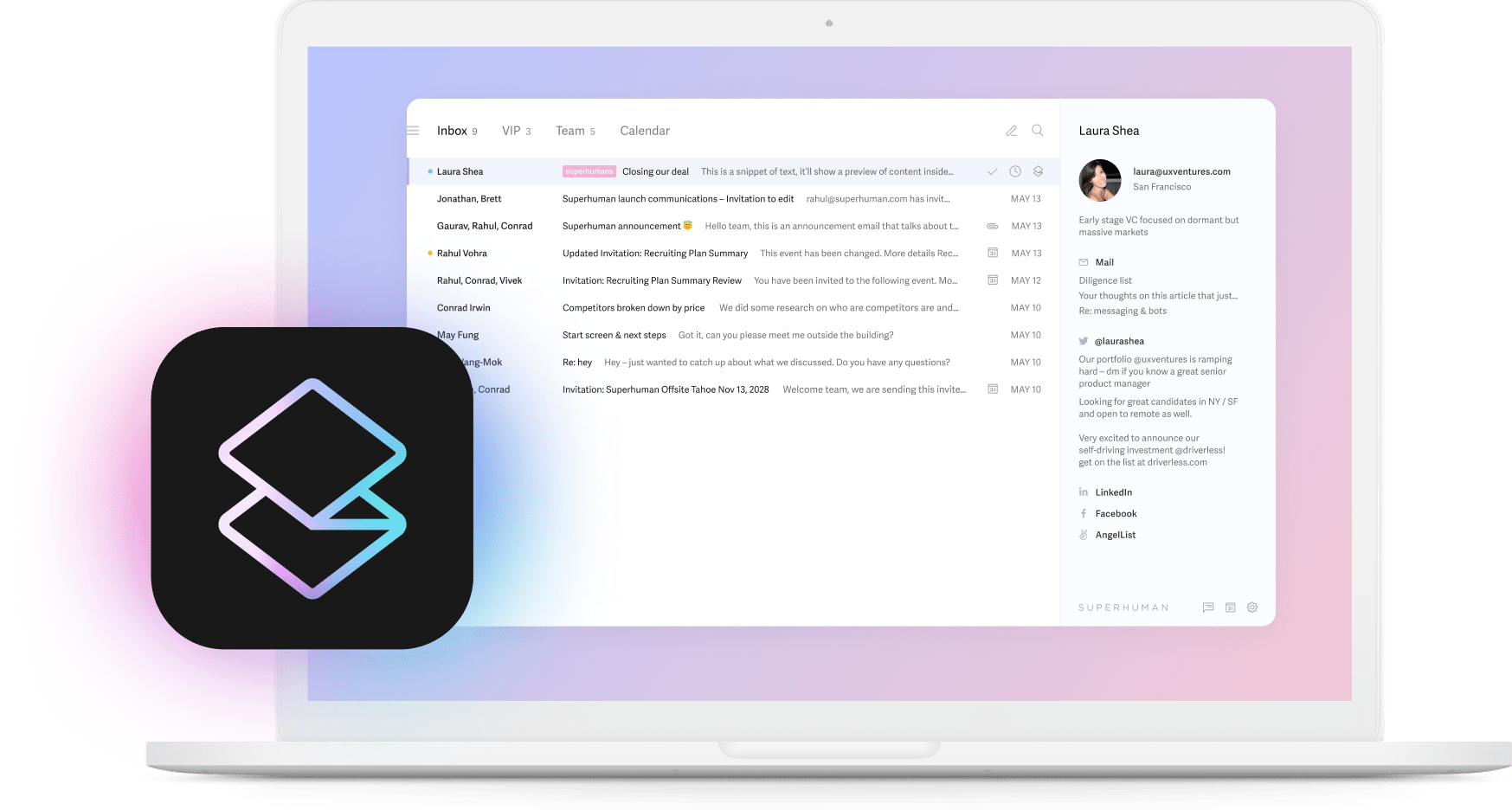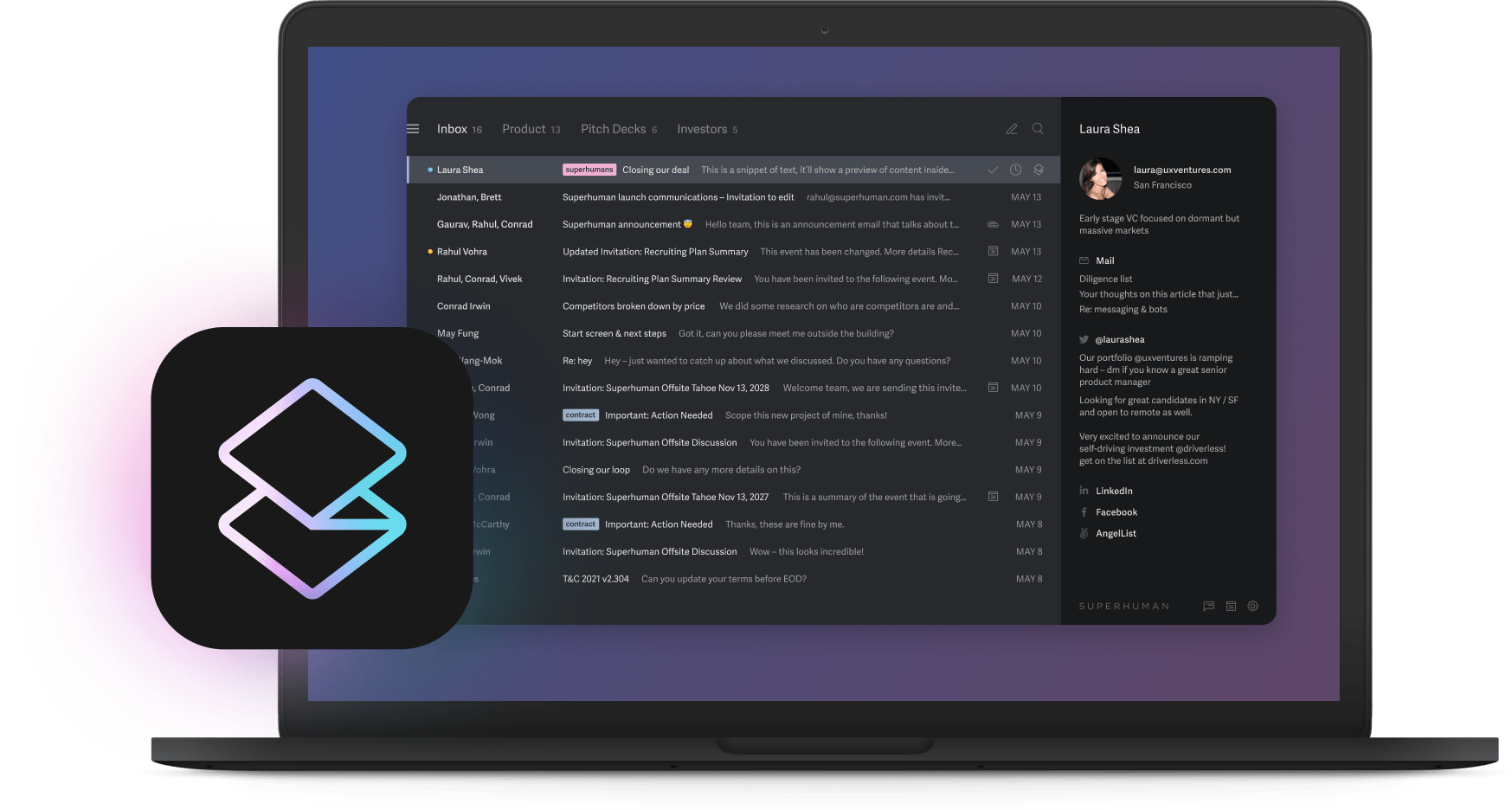
There's more than one way to learn information.
While there's plenty of ongoing debate in academic circles about exactly how many ways we can learn, one popular and oft-cited method categorizes people into 8 different types of learners.
For managers, this presents a challenge: how do you best manage all your team members when they each may learn in different ways? The key is to understand the different types of learning, and the best ways to promote, teach, and lead each type of learner to give them the best chances of success as they learn.
Here's everything managers need to know.
What are the 8 learning styles?
Before we even get to the 8 different types of learners, let's explore a little bit of the history of assigning people to different "learning styles".
The idea of a "learning style" was recognized as early as 334 BC by Aristotle, who wrote that "each child possessed specific talents and skills". The concept of learning styles has continued to evolve since then, but didn't gain widespread popularity until the 1970s and 1980s, when a number of theorists saw their ideas about learning styles become popular. It's important to note, though, that there's a lot of debate about this entire concept. In a 2018 article in Scientific American, psychologist Scott Barry Kaufman wrote that different academics and theorists have proposed models including anywhere from 3 to 170 different learning styles! That's part of why Dr Kaufman is also very critical of the idea of assigning people to different "styles" of learning.
But that hasn't stopped these models from becoming well-known, and generally accepted. Many scientists agree that different people can learn in different ways. Nonetheless, the possibility of defining learning styles (and determining how many there are) is still contested in the scientific community.
Still, a couple of researchers have become highly regarded for their theories on learning styles. Among the most well-known is New Zealand teacher Neil Fleming, who introduced his VARK theory in 1987. VARK stands for:
- Visual learners
- Aural learners
- Reading/writing learners
- Kinesthetic learners
Along with developing his theory, Fleming was one of the first researchers to develop an assessment that could help assign people into one of the 4 learning styles he believed existed. That's a big part of why his theory gained so much traction.
The other most popular theory about learning styles came from Harvard psychologist Howard Gardner, who wrote his book Frames of Mind: The Theory of Multiple Intelligences in 1983. In Frames of Mind, Gardner suggested that there are 8 different "intelligences" that translate into learning styles, and while a learner may perform particularly well in one specific area, it's possible for any one person to have a range of intelligences that gives them a combination of styles.
Gardner's theory has become especially popular among teachers, many of whom have adapted their teaching styles to address as many of the 8 intelligences as possible, so they can reach as many of their students as possible. Gardner's 8 intelligences are the foundation for the 8 different learning styles we'll talk about in this article.


Meet the 8 different learning styles (and learn how to manage them)
The 8 types of learning styles popularized by Gardner include:
- Visual learners
- Aural learners
- Physical learners
- Verbal learners
- Logical learners
- Social learners
- Solo learners
- Natural/nature learners
If the question, "why can't I retain information?" frequently pops into your head, you're probably learning the wrong way.
Let's take a closer look at each one, exploring how they learn best and how managers can adapt their leadership skills to help each type of learner succeed.
Visual learners
Also called spatial learners, visual learners tend to prefer when information is presented to them in a visual way, including:
- Charts, graphs, tables, and other visual aids
- Pictures or illustrations
- Information that's organized visually, such as by color-coding
What visual learners might look like in a workplace: Visual learners are likely to be doodling during a meeting — or turning your ideas into a flowchart as you go. When information is presented to them visually, they are likely to have great memory and attention to detail.
How to best manage visual learners: You can help visual learners succeed by using visual aids, including charts, graphs, maps, diagrams, timelines, and flowcharts, when you teach them or present them with new concepts. Avoid showing them blocks of text. Instead, focus on one idea at a time, using colors to highlight the most important parts of a piece of text or a presentation.
Aural learners
Also called auditory learners, aural learners tend to learn best when they can listen to information. These types of learners thrive in long lectures or meetings, where they're able to process a large amount of spoken information and distill it down to its most important parts.
What aural learners might look like in a workplace: Aural learners are likely to have their headphones in or music playing in their workspace all the time. While music can be a distraction for many people, for aural learners, it can help sharpen their focus. These learners may hum or drum their fingers on their desk as they work on a particularly tricky project or task.
How to best manage aural learners: The most important thing to remember is that for aural learners, visual learning can be very difficult. Instead of visual aids, these types of learners will best retain information that's presented as a rhyme or mnemonic. While many of us prefer to limit our meetings, aural learners love the chance to have group discussions with their teammates.
Physical learners
Also called kinesthetic learners, physical learners are the "learn by doing" type of people. This style of learning lends itself to physical activity, acting things out, or even role-playing to learn a new skill.
What physical learners might look like in a workplace: Physical or tactile learners are likely to be high-energy. They may get bored or distracted easily when asked to sit still for long periods of time, or when tasked with reading or writing a lot of information. This style of learning often comes with great motor memory, meaning once this learner has done a task once, they will remember how to repeat it.
How to best manage physical learners: Any time you can physically show this type of learner how to do a task, that will be better than just explaining it to them. If you need to have meetings with a physical learner, you may find that they retain information better during a walking meeting than one spent sitting in a conference room.
Verbal learners
Verbal learners (or linguistic learners) are great with language, whether it's spoken or written, and enjoy ways of learning that involve words. These types of learners will love both reading and writing, and can typically easily follow instructions that are presented in writing, or verbally.
What verbal learners might look like in a workplace: Verbal learners likely excel at tasks that require reading or writing. They are also likely to ask a lot of questions, easily remember quotes or passages from information they've read, and be able to quickly and easily summarize information into its most important points.
Sidenote: If you're a verbal learner, learn how to read faster in our subvocalization guide.
How to best manage verbal learners: One of the best ways managers can help verbal learners succeed is by providing them with summaries or keyword lists alongside large pieces of information. Verbal learning also lends itself to group activities and discussions, so encouraging communication among team members can help verbal learners thrive.
Logical learners
Logical learners (sometimes also called mathematical learners) are constantly seeking the "why" behind new information. They tend to notice and be drawn to patterns, trends, connections, reasons, and results.
What logical learners might look like in a workplace: Those who have logical learning tendencies are more likely to enjoy problem-solving. They're always planning ahead — making lists and itineraries, or carefully scheduling their days to include plenty of structure. Logical learners might also find it easier to make sense of information presented in a mathematical or numerical way, rather than written or spoken.
How to best manage logical learners: With logical learners, guiding or teaching them is often about helping them connect the dots. Use a lot of visual aids. When teaching a new skill, teach the "why" in addition to the "how". It can also help logical learners if they're shown how projects or tasks fit into the bigger picture and relate to one another.
Social learners
Also called interpersonal learners, social learners tend to process information through learning alongside others. In addition to enjoying social interactions, they relish the opportunity to gain new insights and knowledge through sharing their learning experience with other people.
What social learners might look like in a workplace: At work, social learners are likely to hang out with their teammates, and be more productive in open office environments where they can be around others, even if their work is personal. They tend to be talkative, but also good listeners and conflict-resolvers. Due to their desire to interact with as many teammates as possible, social learners often make natural leaders.
How to best manage social learners: One of the best things managers can do for the social learners on their team is schedule regular one-on-one time with them. Social learners don't need to be micromanaged, but they'll crave a relationship with their manager. They also do well when given plenty of opportunity to ask questions, and work with other members of the team.
Solo learners
On the other side of the spectrum from social learners are solo learners, also called intrapersonal learners or solitary learners. These types of learners prefer individual learning and working alone, and tend to gravitate toward quiet places where they won't be interrupted or distracted as they work.
What solo learners might look like in a workplace: Solo learners tend to be independent, and self-motivated, with great time management skills. They tend to be self-aware as well, and may journal or otherwise document their moods and intentions. Solo learners tend to take responsibility for themselves and their actions and have a strong sense of ownership over their work.
How to best manage solo learners: Solo learners may struggle to participate or contribute at their best levels when working with large groups or teams. It's important for managers to recognize this, and seek out roles and tasks that might allow solo learners the opportunity to work independently, at least some of the time.
Naturalistic learners
And finally, there are naturalistic learners, or learners who do their best studying when they're outdoors. These types of learners will be very similar to kinesthetic learners in that they tend to like to learn by "doing", but they would rather "do" outside than indoors.
What naturalistic learners might look like in a workplace: Often, naturalistic learners become scientists, horticulturalists, veterinarians, or some other career path that allows them ample outdoor time. Otherwise, look for a team member with plants all over their workstation, who gravitates outside or near windows during work breaks, and who loves to spend nights and weekends adventuring outdoors.
How to best manage naturalistic learners: This is a tricky one, for managers of teams who need to do their work indoors. The best thing you can do for a naturalistic learner is provide a flexible work environment. Allow them to work their own schedule so they can plan outdoor activities during the day. Offer them remote work opportunities so they can work from anywhere — including packing up a laptop and sitting outside.
Good management doesn't stop at these 8 learning styles
Keep in mind that while these 8 learning styles may account for many members of your team, not every employee will perfectly fit into one of these boxes. Many people possess traits that span across multiple learning styles, and many won't fit neatly into any of these. Being a good manager starts with considering that all your team members have different needs, and striving to meet them where they are and help them succeed.




